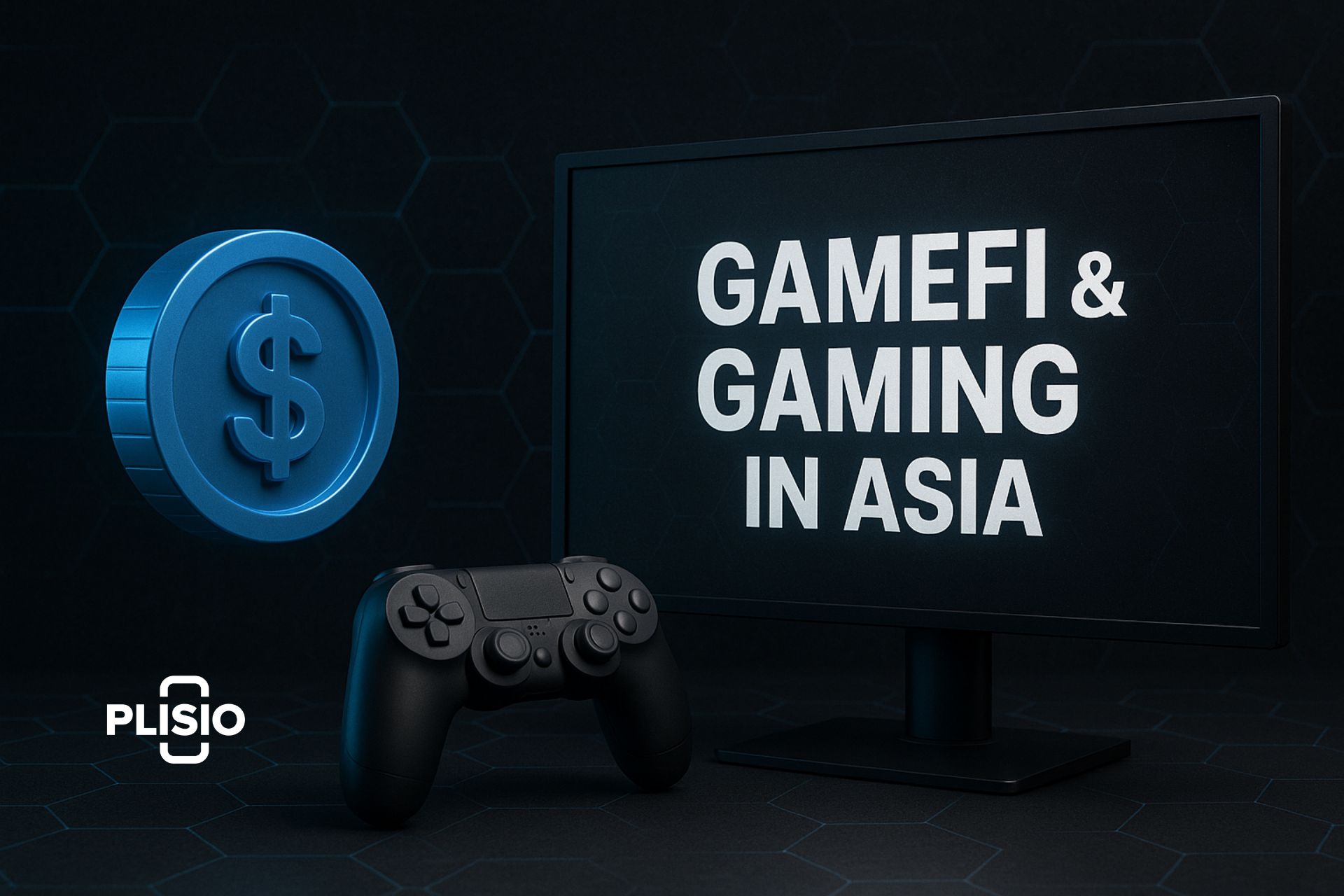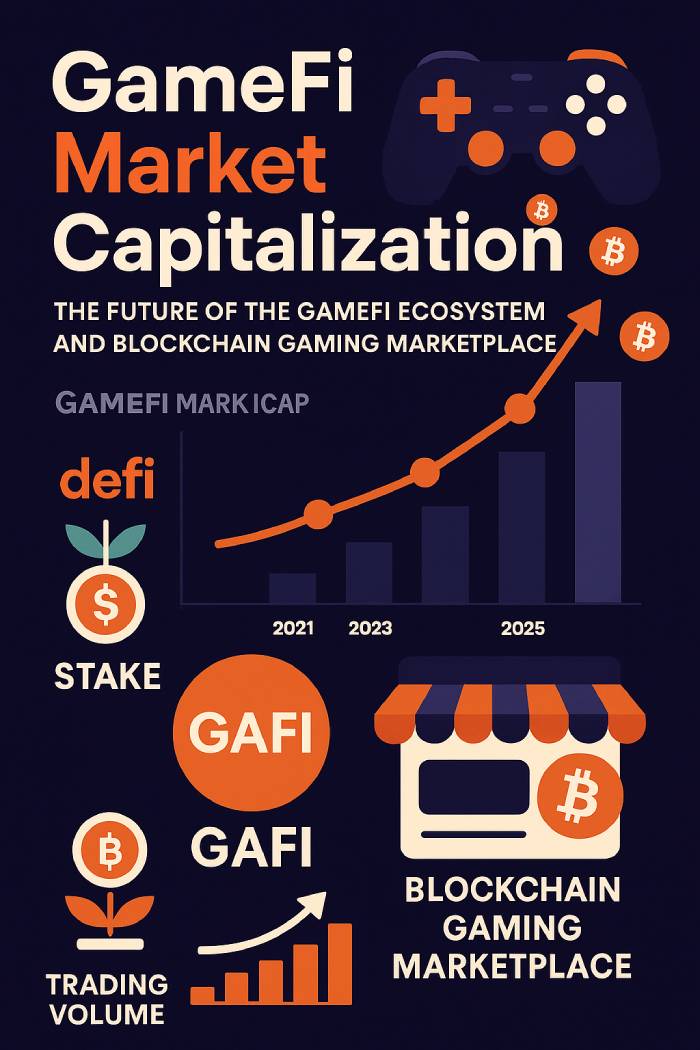From GameFi to AI Avatars: Asia’s Strategic Rise in Blockchain-Powered Gaming

Digital assets are no longer new in Asia; they are already a part of everyday life. Blockchain technology is changing how people interact, earn, and own things, from mobile payments to virtual reality gaming. By 2025, over 385 million people in Asia will be using crypto on a regular basis. A lot of them will do this through gaming-first experiences in a developing GameFi ecosystem.
This pressure is strongest in China and Taiwan, two places where new ideas are changing the future of AI and decentralized gaming. Their new ideas about how to run a government, put money into technology, and pay for games are changing the way we think about owning digital goods and playing games online.
GameFi Ecosystem Takes Root in Asia
The rise of crypto-driven gaming platforms in Asia has redefined user expectations. Fast-paced, mobile-first, and deeply integrated with blockchain-based assets, these platforms use smart contracts, tokenized rewards, and in-game purchases to fuel user engagement.
By mid-2025, Asia represents64% of global crypto users, and40% of all Web3 gamershail from India, Vietnam, and the Philippines. Trading volume continues to rise across NFT marketplaces and GameFi platforms, reflecting high demand for asset ownership and sovereignty over digital items.
“Asia’s mobile gaming culture is the ideal breeding ground for play-to-earn mechanics and token-based incentives,”notes Dr. Karen Liu, a lead blockchain analyst at Asia Tech Institute.“It’s not just about gameplay anymore—it’s about true ownership, financial utility, and decentralized value creation.”
GameFi Projects Fuel the Web3 Gaming Revolution
GameFi, which stands for "game finance," is currently the main way for millions of people to get into crypto. Players all throughout Asia are getting governance tokens, trading stuff in games, and taking part in decentralized economies. GameFi projects like Axie Infinity and Gods Unchained have helped make the way, but hundreds of new games are adding to the model.

The Chainplay research from 2025 said that 72% of people in Asia who used crypto for the first time did so through play-to-earn games. Game studios in Taiwan and China are making blockchain games with strong tokenomics and open economies inside the games.
“We're seeing game developers transition from entertainment-first models to full-fledged DeFi-integrated ecosystems,”says Raymond Kuo of NovaGrid.“Every mission, every item, every reward has real-world market cap implications.”
Taiwan's Role in Building a Functional GameFi Ecosystem
Taiwanese teams are combining strategy games with tokenized systems, using AI and blockchain to enhance user experience and drive value. Over120 GameFi projectslaunched in Taiwan last year alone, aided by transparent regulations and strong digital infrastructure.
“Regulatory clarity enables us to build functional GameFi ecosystems faster,”says Angela Hsieh, analyst at CryptoPolicy Asia.“And that attracts serious stakeholders—from developers to investors.”
Blockchain Innovation Thrives in China’s Game Studios
Despite restrictions on direct crypto trading, Chinese game studios are thriving by incorporating blockchain elements like NFTs, digital tokens, and smart contract mechanics. Platforms enable players to earn and trade in-game currency and items without traditional fiat systems.
Tencent and NetEase are spearheading this shift by deploying AI NPCs, token-linked equipment, and interoperable in-game economies that boost both engagement and revenue.
AI-Driven P2E Models Reinvent GameFi Experience
The P2E model is getting better with AI integration. Tencent's newest AI bots are more than simply enemies; they're also financial agents. These bots help with things like giving out in-game items, changing supply and demand, and even helping new gamers get started with NFTs. In 2025, reports say that AI-powered P2E systems will bring in 41% more money from in-game sales.
Cloud Gaming and Tokenization Expand Blockchain Marketplace Access
As cloud gaming becomes more popular, more people are using blockchain-based services like token staking, NFT trading, and GameFi markets. 58% of mobile gamers in China currently use at least one decentralized feature when they play. This is a big step toward open in-game economies where players control their own digital things and money.
Taiwan’s DeFi Framework Boosts GameFi Market Capitalization
In 2025, Taiwan’s new crypto regulations are enabling financial institutions and corporations to experiment with dApps, decentralized finance, and on-chain tools. Local projects are thriving under this trust-first model, with a35% year-over-year growthin compliant platforms.
“Decentralized finance will only scale if backed by institutional trust and user-friendly design,”says Dr. Eric Wu, FinTech advisor to Taiwan’s Ministry of Digital Affairs.“That’s what Taiwan is getting right.”
AI + Blockchain: Taiwan’s $510B Bet on the Future of GameFi
Taiwan's multi-billion-dollar AI project is combining blockchain with financial and gaming on a large scale. AI is making everything better, from gameplay to asset distribution, by using NFT marketplaces and algorithmic tokenomics. Smart contracts are already making it possible for GameFi marketplaces to have dynamic pricing and real-time yield distribution.
Crypto Adoption and Market Cap Growth in Taiwan’s Gaming Sector
Taiwan is in the top 10 in the world with a Chainalysis score of 0.58. According to surveys, 68% of people between the ages of 18 and 35 use GameFi apps or hold non-fungible tokens. Taiwan's ecosystem keeps growing as digital assets become more important to gaming.
GAFI, NPCs, and Digital Ownership in Next-Gen Games
NetEase’sJustice Mobilenow features AI NPCs that adapt missions and dialogue in real time. These avatars remember player decisions, respond emotionally, and evolve with the game—driving deeper immersion and digital asset engagement.
“We're using LLMs to create emotional continuity between players and the game world,”says Zoe Lin, designer at N-Gate Interactive.“It’s not just storytelling—it’s relationship-building.”
Smart Contracts and AI Boost Stakeholder Value in GameFi
AI helps balance in-game economies and adds layers of scarcity to tokenized game items. Trials with smart contract-driven gameplay have led to a38% rise in trading volumeand25% longer play sessionsacross pilot blockchain games.
Market Capitalization and Innovation: China vs Taiwan in GameFi
China has a lot of users, a top-notch cloud infrastructure, and strong game developers. Taiwan is exact: its regulations change swiftly, its growth is adaptable, and it has strong relationships to chipmakers like ASUS and HTC.
Both are building systems around blockchain games, digital currencies, and NFT marketplaces that can function together. They represent the future of GameFi, a time when objects in games are as valuable and easy to trade as conventional financial products.
Powered by platforms like GameFi.org Launchpad and backed by players who understand true ownership, Asia is cementing its role as the core of the next-generation gaming industry.

